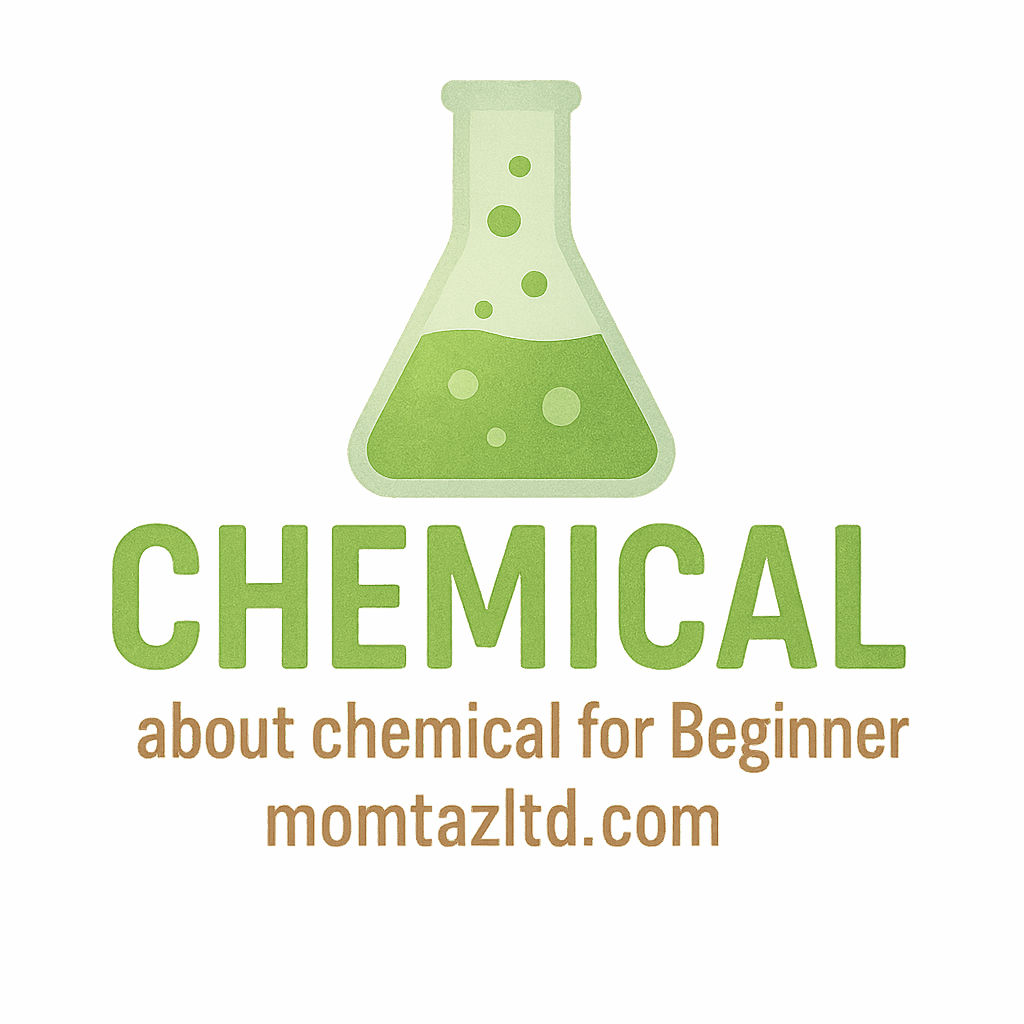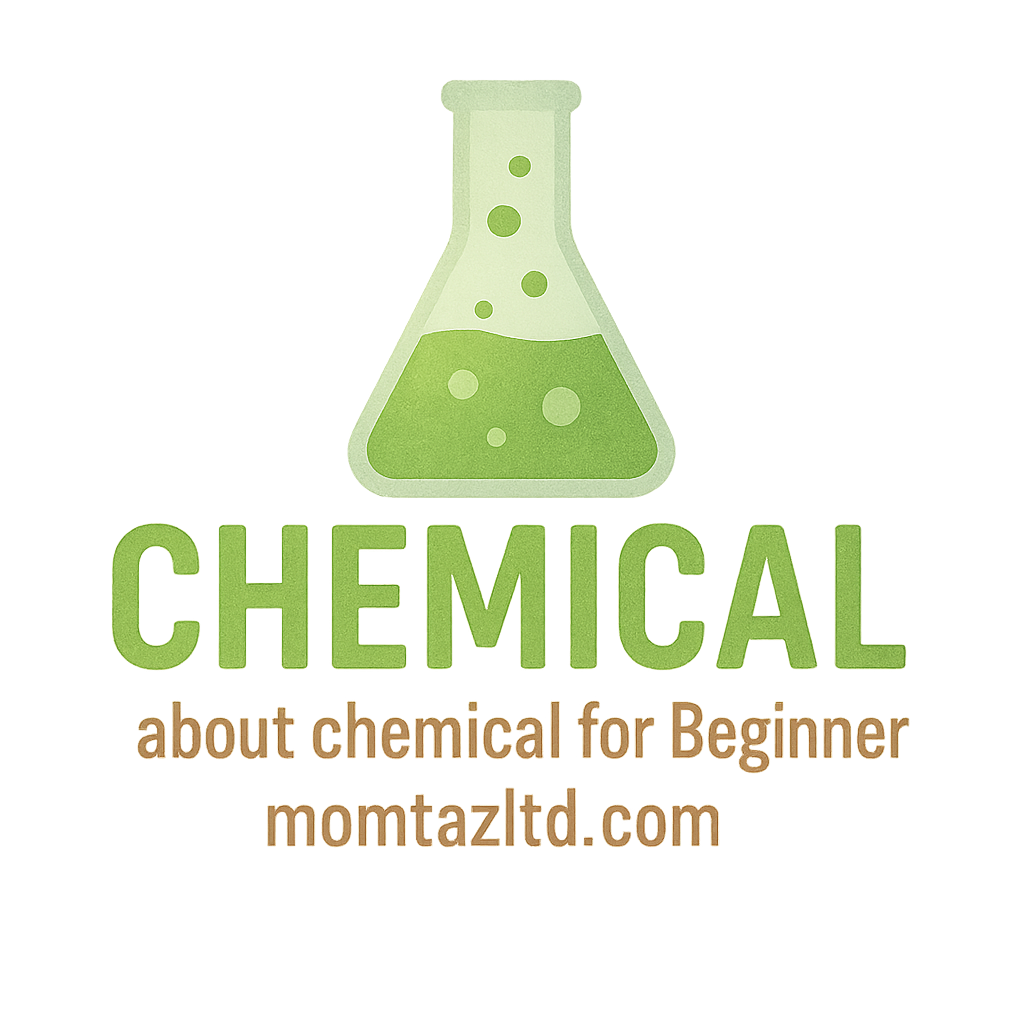Introduction: Why Kitchen Chemistry is the Best Place to Start
When most people think about chemistry, they picture labs, white coats, and expensive equipment. But here’s a little secret: your kitchen is already a fully stocked chemistry lab. From the baking soda in your fridge to the vinegar in your pantry, you have everything you need to perform fascinating chemical experiments. These activities aren’t just fun—they help you learn the basics of beginner chemistry while making science feel exciting and approachable.
Safety First: Simple Rules for Beginner Chemistry
Before we jump into the fun experiments, let’s set some ground rules. Safety is key when dealing with chemicals, even ones found in your kitchen.
Understanding Household Chemicals
Many items you use daily—like salt, sugar, lemon juice, and vinegar—are chemicals. Knowing their basic properties helps you handle them correctly. You can learn more about household chemicals and how they affect daily life.
Storage and Handling Tips
Always store your ingredients properly. If you’re dealing with stronger solutions like vinegar or food coloring, check guides on chemical storage for safe practices.
Importance of Chemical Safety
Even beginner-friendly experiments can get messy. Following chemical safety rules ensures you can have fun without accidents.
Experiment 1: The Classic Baking Soda and Vinegar Volcano
Materials Needed
- Baking soda
- Vinegar
- A small cup or bottle
- Food coloring (optional)
Step-by-Step Process
- Place your container on a tray.
- Add a few spoons of baking soda.
- Pour in vinegar and watch the eruption!
The Science Behind It
This reaction is an acid-base chemical reaction. Vinegar (acid) meets baking soda (base), releasing carbon dioxide gas, which causes the fizzing eruption. Explore more about chemical reactions here.
Experiment 2: Make Your Own Rock Candy Crystals
Materials Needed
- Sugar
- Water
- A glass jar
- A stick or string
Step-by-Step Process
- Heat water and dissolve sugar until it’s saturated.
- Pour the solution into a jar.
- Insert the stick and wait a few days for crystals to grow.
The Science Behind It
This experiment demonstrates crystallization, where sugar molecules lock together in solid form. It’s a sweet way to explore beginner chemistry.
Experiment 3: Red Cabbage pH Indicator
Materials Needed
- Red cabbage
- Water
- Clear cups
- Substances to test (vinegar, baking soda, lemon juice, soap)
Step-by-Step Process
- Boil red cabbage in water to make a purple liquid.
- Pour the liquid into cups.
- Add different substances to see color changes.
The Science Behind It
Red cabbage contains pigments that act as pH indicators, turning red in acids and green-blue in bases. A fun way to visualize chemical terms like acidity and alkalinity.
Experiment 4: The Invisible Ink with Lemon Juice
Materials Needed
- Lemon juice
- Cotton swab
- White paper
- Light bulb or candle
Step-by-Step Process
- Dip the swab in lemon juice and write a secret message.
- Let it dry.
- Heat gently over a light bulb to reveal the words.
The Science Behind It
Lemon juice weakens the paper fibers and oxidizes when heated, making your hidden writing visible. A playful take on lab experiments at home.

Experiment 5: Homemade Slime with Cornstarch
Materials Needed
- Cornstarch
- Water
- Food coloring (optional)
Step-by-Step Process
- Mix cornstarch with water until it feels gooey.
- Add food coloring if desired.
- Play with the slime—it acts like both liquid and solid!
The Science Behind It
This is called a non-Newtonian fluid. It defies the normal rules of liquids, making it a fascinating part of industrial learning and beginner experiments.
Experiment 6: Dancing Raisins in Soda
Materials Needed
- Clear soda (like Sprite)
- A glass
- A few raisins
Step-by-Step Process
- Pour soda into the glass.
- Drop raisins inside.
- Watch them sink and rise repeatedly.
The Science Behind It
The carbon dioxide bubbles attach to raisins, lifting them up. When bubbles pop, raisins sink again. It’s a real-life example of gas in liquids, something chemical scientists often study.
Experiment 7: Edible Ice Cream in a Bag
Materials Needed
- Milk
- Sugar
- Vanilla extract
- Ice
- Salt
- Two plastic bags (one small, one large)
Step-by-Step Process
- Mix milk, sugar, and vanilla in the small bag.
- Place it inside the larger bag with ice and salt.
- Shake for 10 minutes until ice cream forms.
The Science Behind It
Salt lowers the freezing point of ice, allowing the mixture to get cold enough to freeze into ice cream. It’s both delicious and a great way to understand learn chemical reactions.
Extra Tips for Beginner Kitchen Chemists
Choosing Safe Household Chemicals
Stick with kitchen-friendly substances. More guidance is available on household chemicals.
Learning from Experts and Resources
Explore resources like learn from experts to deepen your knowledge.
Recording Your Results Like a Scientist
Keep a notebook. Writing observations helps you think like a chemical scientist.
Conclusion: The Joy of Kitchen Chemistry for Beginners
Chemistry doesn’t have to be complicated. With a few safe materials from your pantry, you can perform amazing experiments that teach real science. From fizzy volcanoes to edible ice cream, kitchen chemistry makes learning fun, engaging, and hands-on. So, grab those household ingredients and start experimenting today—you might just discover a new passion for science!
FAQs
- What’s the safest experiment for young kids?
The dancing raisins experiment is the safest—it uses soda and raisins, nothing harmful. - Why does baking soda and vinegar react so strongly?
It’s an acid-base reaction producing carbon dioxide gas, which creates fizzing bubbles. - Can I eat the rock candy after making it?
Yes, rock candy is safe and edible since it’s just crystallized sugar. - Why does red cabbage change color with different liquids?
It contains natural pigments that act as pH indicators. - Is making slime with cornstarch safe?
Yes, it’s safe and non-toxic—perfect for kids’ hands-on play. - How does salt help make ice cream?
It lowers the freezing point of ice, making it cold enough to freeze milk into ice cream. - Where can I learn more about chemical basics?
Check out chemical basics for beginner-friendly guides.


